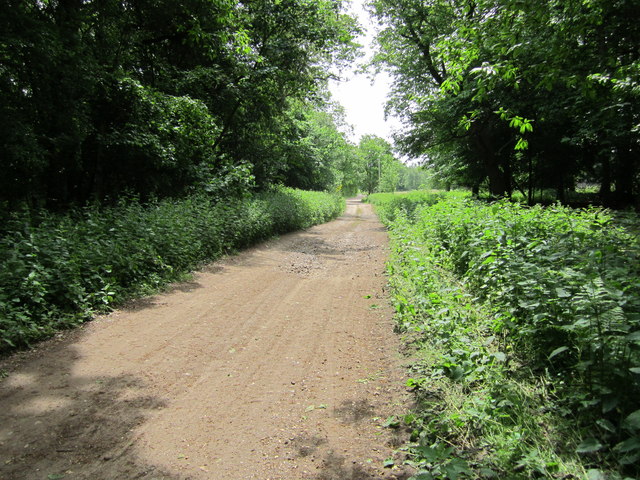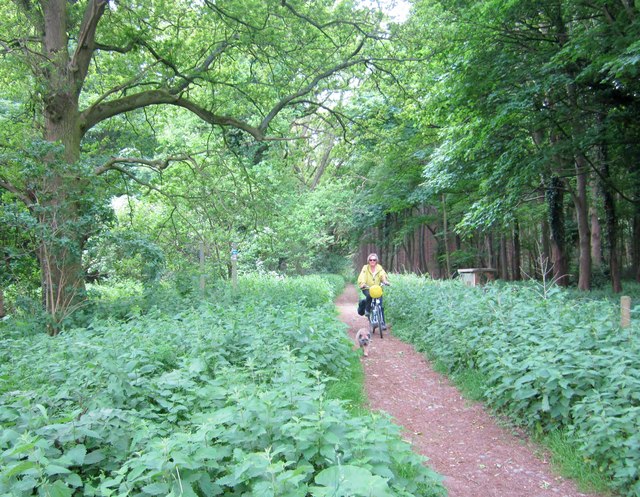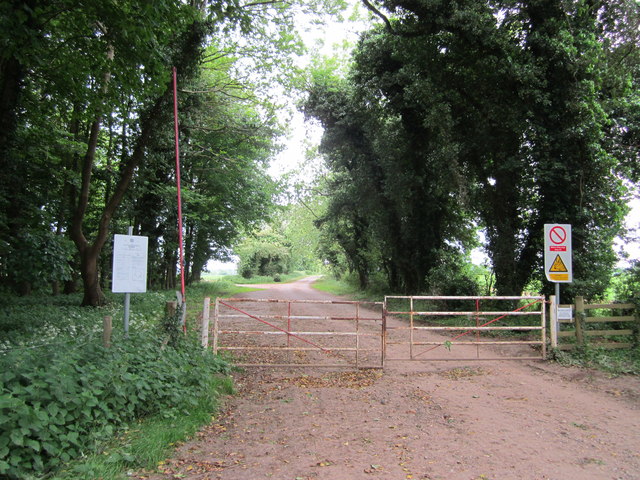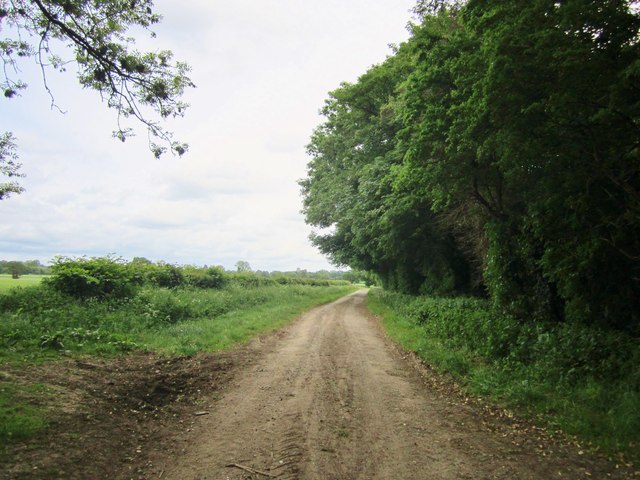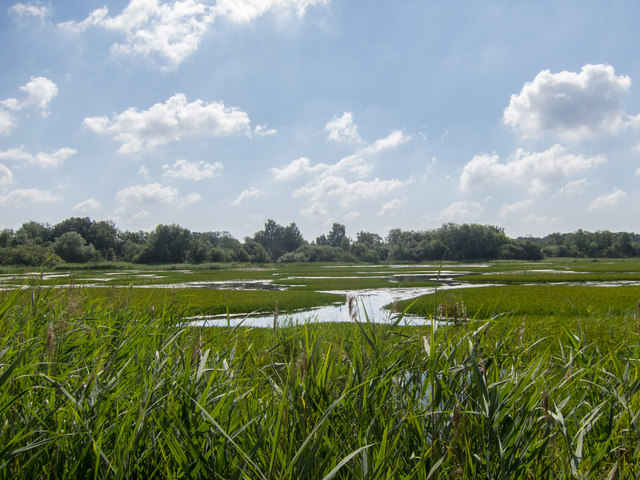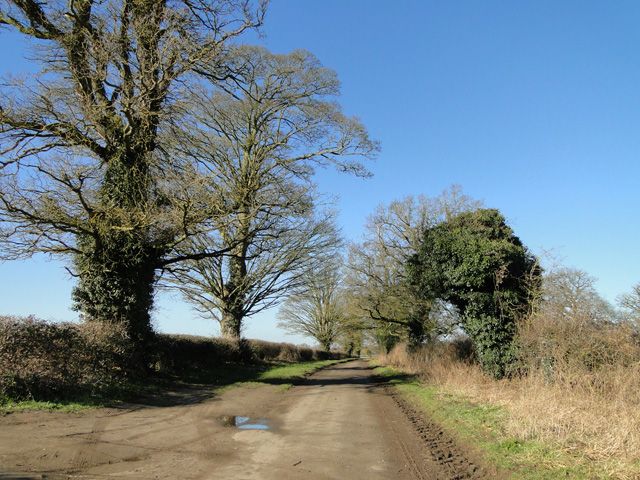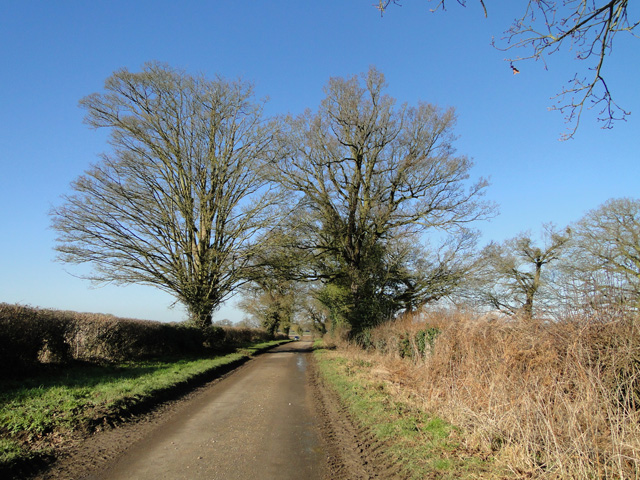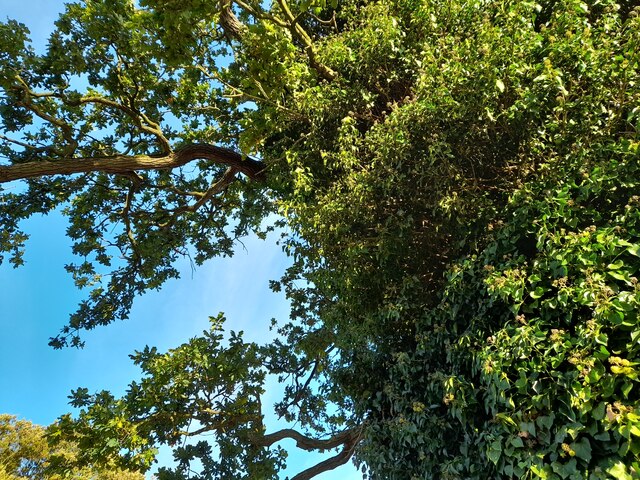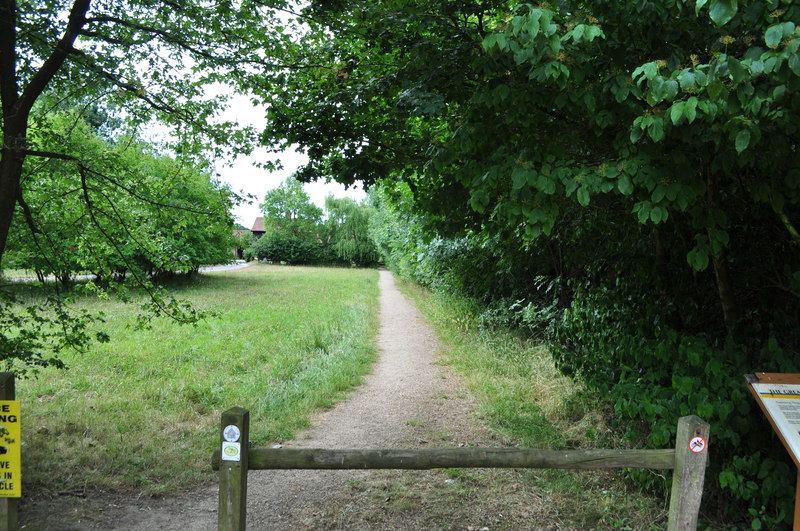Madhouse Plantation
Wood, Forest in Norfolk Breckland
England
Madhouse Plantation
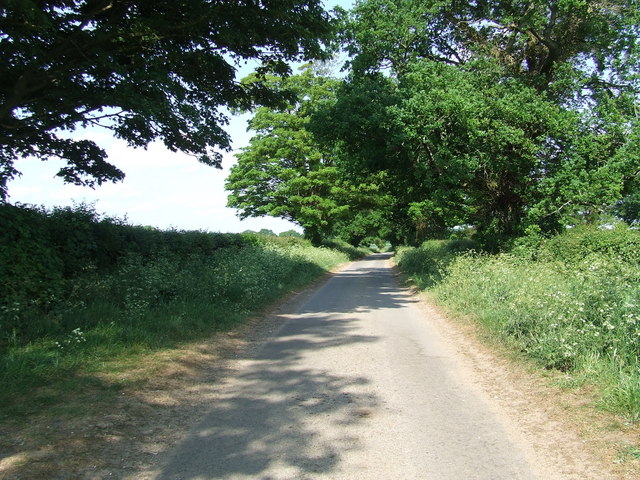
Madhouse Plantation, located in Norfolk, England, is a sprawling woodland estate known for its stunning natural beauty. Covering an area of approximately 200 hectares, the plantation is predominantly composed of dense forests and woodlands, making it a haven for nature enthusiasts and outdoor adventurers.
The plantation boasts a diverse range of tree species, including oak, beech, ash, and birch, creating a rich tapestry of colors throughout the year. The thick canopy provides an ideal habitat for a variety of wildlife, making it a popular spot for birdwatching and animal sightings. Visitors may be lucky enough to spot native species such as deer, rabbits, and various bird species.
The plantation offers numerous walking trails and paths that wind through its enchanting woodlands, allowing visitors to explore its natural wonders at their own pace. These trails vary in difficulty, catering to both casual strollers and seasoned hikers. Along the way, visitors can enjoy picturesque views, tranquil streams, and charming picnic spots that invite relaxation and contemplation.
Madhouse Plantation is also home to a small visitor center, providing information about the area's history, flora, and fauna. The center offers educational exhibits and interactive displays, making it an excellent destination for families and school groups. Additionally, the plantation hosts guided tours and nature workshops, providing visitors with a deeper understanding and appreciation of the local ecosystem.
Overall, Madhouse Plantation in Norfolk is a captivating destination that offers a truly immersive experience in the heart of nature. Its lush woodlands, diverse wildlife, and well-maintained trails make it an excellent location for outdoor enthusiasts and those seeking tranquility amidst the beauty of the natural world.
If you have any feedback on the listing, please let us know in the comments section below.
Madhouse Plantation Images
Images are sourced within 2km of 52.517071/0.81549213 or Grid Reference TL9194. Thanks to Geograph Open Source API. All images are credited.
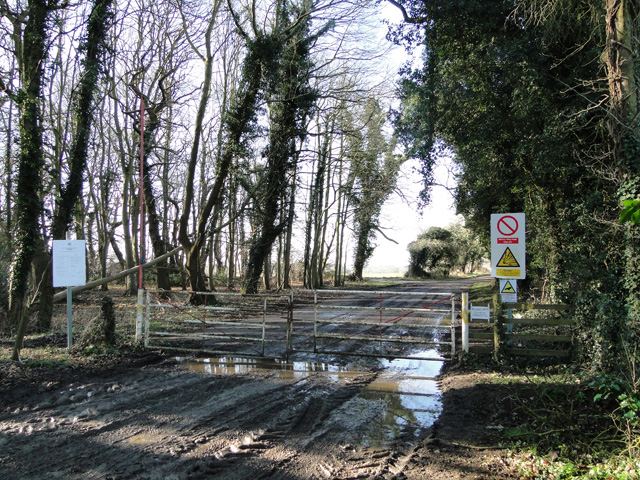
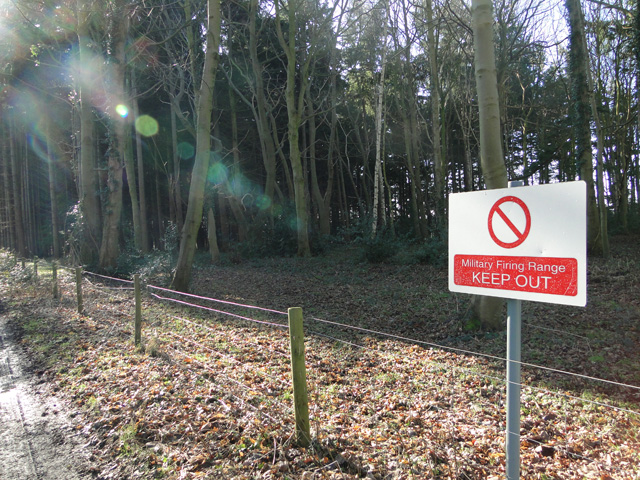
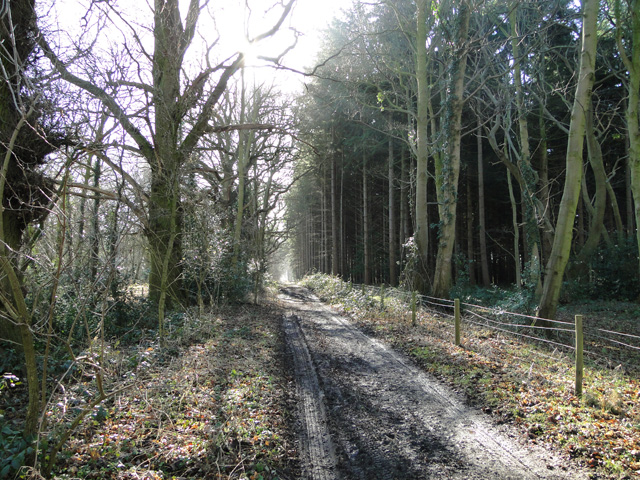
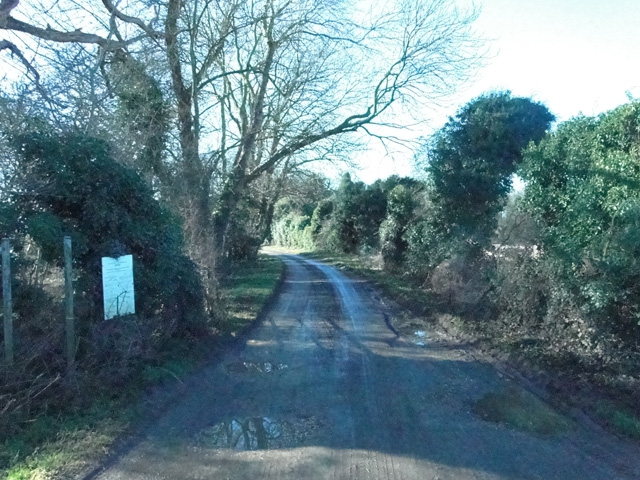
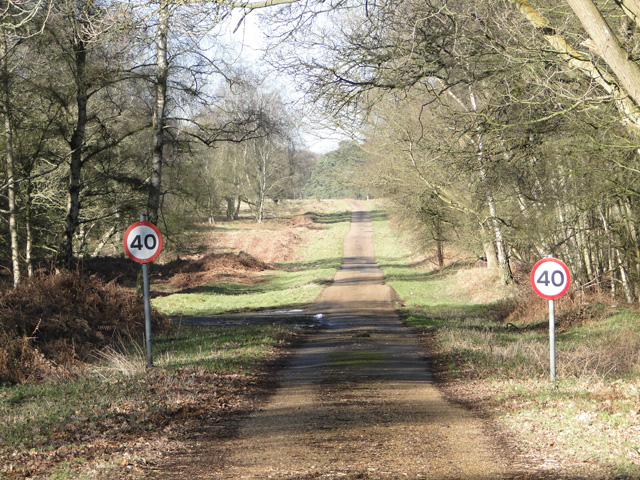

Madhouse Plantation is located at Grid Ref: TL9194 (Lat: 52.517071, Lng: 0.81549213)
Administrative County: Norfolk
District: Breckland
Police Authority: Norfolk
What 3 Words
///ushering.outbid.scorching. Near Watton, Norfolk
Nearby Locations
Related Wikis
Tottington, Norfolk
Tottington is a deserted village and civil parish in the English county of Norfolk. It is situated some 6.2 miles (10.0 km) north of the town of Thetford...
Thompson, Norfolk
Thompson is a civil parish in the English county of Norfolk. It covers an area of 9.20 km2 (3.55 sq mi) and including Tottington had a population of 341...
Great Eastern Pingo Trail
Great Eastern Pingo Trail is a 9.2 kilometres (5.7 miles) long footpath along a disused railway line north of Thetford in Norfolk. It is a 4.2-hectare...
Thompson Water, Carr and Common
Thompson Water, Carr and Common is a 154.7-hectare (382-acre) biological Site of Special Scientific Interest north of Thetford in Norfolk. Most of it is...
Cranberry Rough, Hockham
Cranberry Rough is an 81.1-hectare (200-acre) biological and geological Site of Special Scientific Interest in the parish of Hockham, east of Attleborough...
Wretham Park Meres
Wretham Park Meres is a 30-hectare (74-acre) biological Site of Special Scientific Interest north of Thetford in Norfolk.This site consists of four natural...
Merton Hall, Norfolk
Merton Hall is a 19th century country house in Merton, Norfolk, England. The extant north-west wing is a Grade II listed building. The 17th-century gatehouse...
Stow Bedon railway station
Stow Bedon railway station is a closed station in Stow Bedon, Norfolk. It was initially opened in 1869 by the Great Eastern Railway network and became...
Nearby Amenities
Located within 500m of 52.517071,0.81549213Have you been to Madhouse Plantation?
Leave your review of Madhouse Plantation below (or comments, questions and feedback).


